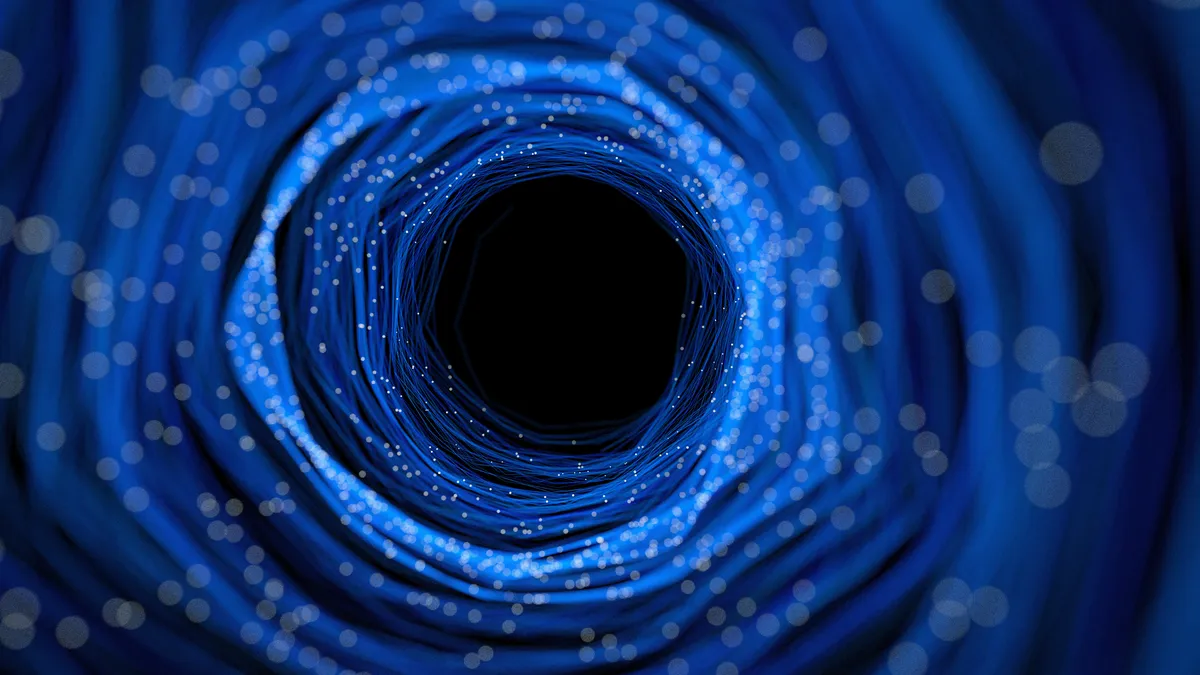Philae is a part of European Space Agency’s Rosetta mission. It used two different instruments during its landing on the comet 67P/Churyumov-Gerasimenko last November.
Scientists say that Philae space probe has gathered data, which gives strength to the theory that comets can become cosmic laboratories where some essential elements of life are assembled.
Researchers have been poring over the data for months and have concluded that 67P/Churyumov-Gerasimenko contains in the least 16 organic compounds. Four of these compounds that include acetone have not been detected in any other comet.
Mark McCaughrean, a senior scientific adviser to the European Space Agency said that comets contain ingredients like CO2, methane, water, ammonia, which go into making complex molecules perhaps catalyzed by UV-light from the Sun, cosmic rays or in the shock waves that are created when a comet hits the surface of a young planet like the Earth.
It is still not clear if the complex molecules found on 67P/Churyumov-Gerasimenko were created in the early solar system and then integrated into the comet or formed there later.
Mark added that comets were the right place to look for the building blocks or the complex molecules which were the precursors to the evolution of life.
He, however, dismissed reports that evidence of life was found in the comet. McCaughrean, however, opined that the complex molecules found in the comet could be converted into still more complex molecules such as amino acids in events such as a planetary impact.
Living organisms have proteins that are the fundamentals of life and are made of long chains of amino acids. The simplest amino acid, glycine was detected in the material collected from the tail of another comet by Stardust mission of NASA a few years ago.
Scientists associated with the Philae mission had not been able to detect any amino acid on 67P yet. It does not mean that they are not there. Philae was able to conduct the experiments for 60 hours only before the batteries were exhausted. Scientists were not able to complete all the experiments they had envisaged.















